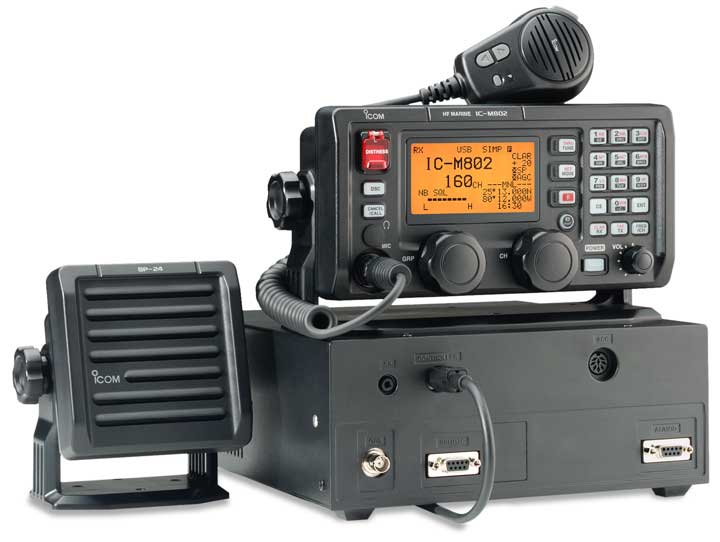“This is KDK12 calling KDK1,” Wendy Torrance calls out into the microphone. “This is Wendy Torrance at the Overlook hotel. We’re just fine but our telephones don’t seem to be doing too well. Are the lines down by any chance? Over.” One of the few conversations isolated and lonely Wendy has in Stanley Kubrick’s The Shining is with a local ranger over a ham radio. While advancements in technology are weekly happenings, the amateur radio has stood the test of time. With the reliable ingenuity of ham radios, and more than a million operators, humans can connect and help each other, even in the most serious situations.
Timeless Hobby

Ham radios can be used without depending on the internet or cellphone service, unlike everything else we use. Of all radio frequencies, amateur radio has the widest range — 1.8 to 1300 MHz. Rather than a commercial broadcast that makes money, the transmissions are aimed at the general public for all to hear. A classic form of communication, the radios can transmit messages through voice, telegraphy, morse code, television and more.
The operator is able to talk to fellow citizens throughout the town, in another country, and even in outer space. Setups can be as tiny as a hand-held transceiver, or as big as old-school television antennas. The number of different brands and affordable options on the market makes amateur radio one of the most accessible hobbies in the world today.
Helping And Saving
More than just a fun tool to engage with, ham radios have been used in dire circumstances. When instant communication and important information is needed, many operators and users of ham radios come in handy. During the September 11 attacks, amateurs helped the Red Cross and the Salvation Army by providing logistical support, aiding in the search-and-rescue effort, and handling medical information.
In Northern Colorado, reporting on almost 17 counties and helping to save a woman’s life came down to several dozen amateurs. Sure, ham radios are great fun at events, but more importantly, they’ve also been a lifeline for hundreds of people.
Teaching And Learning
Although it’s been noted that annual growth of ham operators has only risen by a mere 1%, that hasn’t stopped the community from holding conventions (AKA “Hamvention”), field days, and other meet-ups. Advocates for ham radio teach young children all about morse code and radio terminology, go on trips, and take part in contests. Local amateur radio clubs are also available to join, learn, and help you on your way to get licensed by the FCC. Those who take part in these aren’t only honing a skill, but are taking part in a historic and timeless piece of machinery.
Amateur radio may not be completely professional, but the value it continues to have in the modern world is immeasurable. Thanks to practitioners and hobbyists, we are able to relay important information to save lives, connect to friendly people, and hone skills on a technology that’s as timeless as the telegraph.













Those wishing to get a ham radio license, can get the PDF version of my Technician Class (the class of license that most beginners get) study guide for free.